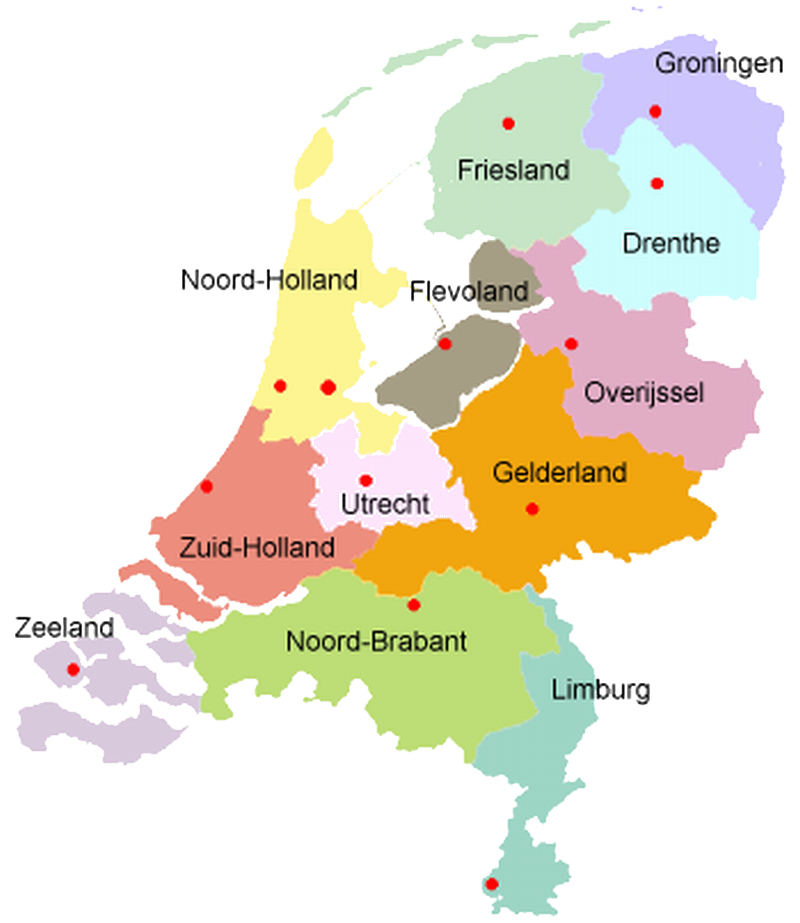the hague

Panorama mesdag
Panorama Mesdag is a cylindrical panorama painting about 14 meters high and with a circumference of 120 meters. The painting, which is one of the oldest surviving panoramas in the world, is a vista of the North Sea, the dunes, The Hague and Scheveningen. It belongs to the ‘Top 100 of the Rijksdienst voor de Monumentenzorg’ from 1990. It was painted in 1881 by Hendrik Willem Mesdag, a famous painter from the Hague School. He specialized in painting seascapes. His wife Sientje Mesdag-van Houten and the painters Théophile de Bock, George Hendrik Breitner and Bernard Blommers also made significant contributions.
pRISON GATE
From about 1420 to 1828, the prison gate was the prison of the Court of Holland, in which persons who had committed a serious crime ended up. However, the number of cells would not always be sufficient. In 1445, a large number of the more than a hundred captured Hoek rebels from Leiden had to be imprisoned in three inns, including ‘t Goude Hooft.
Pirates also sometimes ended up in the Prison Gate. In 1451, jailer Michiel van Halewijn was ordered to provide twenty-one captive pirates from the French port of Dieppe with no more than water and bread. Piracy was severely punished at that time. Most of them would be executed after a trial. The suspects were housed in the prison gate pending trial. In accordance with medieval customs, torture was used when deemed necessary. Sometimes the prisoners were in one cell with fifteen people. They had to wait here for their sentence, which consisted of a fine or a corporal punishment, for example, disgrace, banishment or the death penalty. Incarceration as a punishment was only applied since the 17th century.
Well-known Dutchmen such as Cornelis de Witt and Dirk Volckertszoon Coornhert were imprisoned in the Gevangenpoort. They had their own luxury cell, the Knight’s Chamber. From the Women’s Room you looked out over the Hofvijver and city life.
THE CENTRE OF DUTCH POLITICS
The city of The Hague arose in the Middle Ages around the Hofvijver and the Binnenhof, today the center of Dutch politics.
The Dutch government and parliament are located in the city, and it is the residence of the royal family. Most embassies, all ministries and the Supreme Court are also located in The Hague.In addition, the city is home to various national and international courts, including the International Court of Justice in the Peace Palace and the International Criminal Court. Around 1900 it also hosted the two Hague peace conferences, where important international agreements on the law of war were concluded.
The Hague is the largest Dutch city on the North Sea and has a coastline of eleven kilometers. Due to its location on the North Sea, The Hague has been an international tourist destination since the 19th century.
The city has two seaside resorts: Scheveningen and Kijkduin. In addition, there is a wide sandy beach with a row of dunes: an extensive nature reserve. Scheveningen – formerly a fishing village – has a regional port. The city spawned an influential art movement in the 19th century, the Hague School, and is home to two internationally renowned art museums, the Mauritshuis and the Kunstmuseum Den Haag (for modern art)
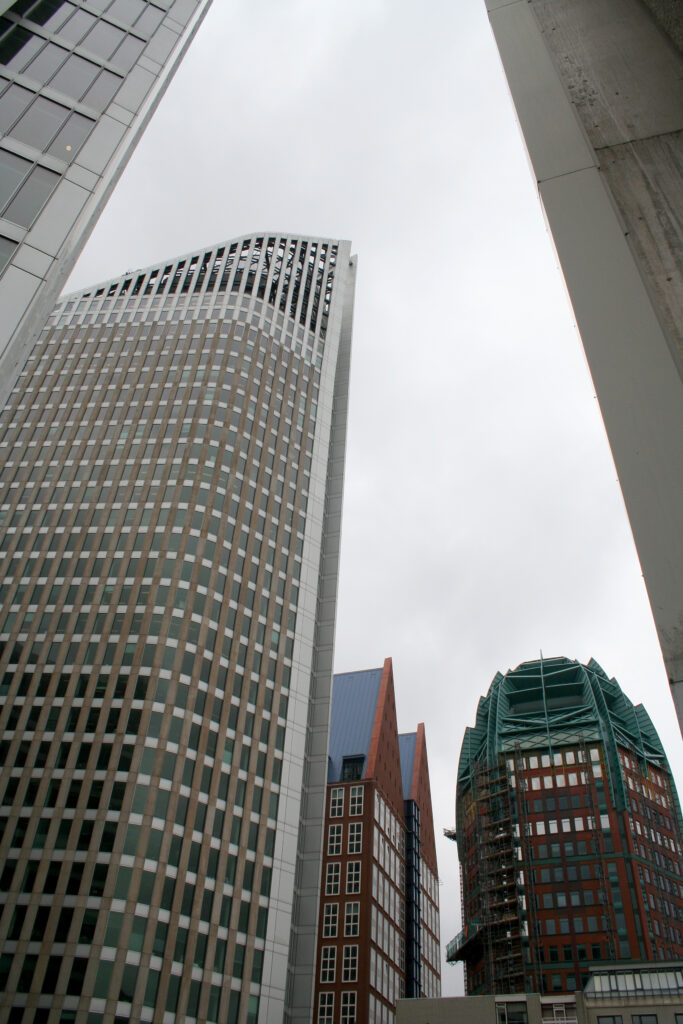 The Dutch ministries are located in modern high-rise buildings
The Dutch ministries are located in modern high-rise buildings).
peace palace
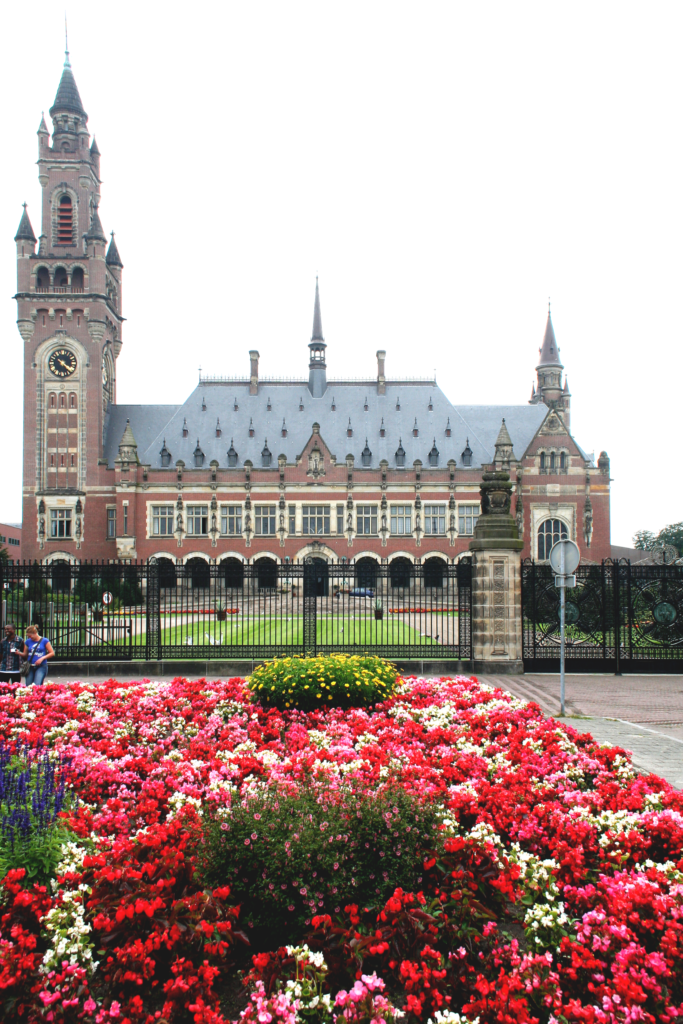
In the second half of the 19th century, European nations increasingly spent money on the army and navy. Because of this arms race, on August 24, 1898, Russian Tsar Nicholas II sent an invitation to the governments of all major nations for an international conference on peace and disarmament. He chose The Hague as the neutral place.
Tsar Nicholas believed that dialogue and international agreements would be better for people’s prosperity and progress rather than sowing division and enmity. His appeal initially aroused much skepticism due to the fact that Nicholas II himself was commander-in-chief of the Russian army, a superpower. He had put a lot of money and energy into building their military might. Only a few months later, after the United States was the first to react positively, the Russian initiative gained momentum. As a result, the first Peace Conference of The Hague was held in 1899.
The Peace Palace is the seat of the Permanent Court of Arbitration, the International Court of Justice of the United Nations, the Hague Academy of International Law, the Peace Palace Library and the Carnegie Foundation. In addition, the palace also regularly hosts various events in the field of international law and politics.
madurodam
Madurodam is a Dutch miniature city in The Hague on a scale of 1 to 25, opened on July 2, 1952 at George Maduroplein. This tourist theme park attracts approximately 600,000 paying visitors every year. The park covers a total area of 62,630 m². The built city itself measures 17,630 m². It is named after George Maduro, a Curaçao student who distinguished himself as a cavalry officer in the battle of the residence during the May days of 1940, and who died in Dachau concentration camp in February 1945; his parents donated the initial capital for the project, which the Maduro family considers a monument to their only son. Madurodam provides a picture of a Dutch city and Dutch society through more than 700 models of buildings from all parts of the Netherlands. A hospital and a cemetery are missing. Some models move after inserting a coin into a coin machine. There are also interactive components to which the visitor can contribute, such as closing the Oosterscheldekering or loading containers in the port of Rotterdam. Some sections contain auditory informational explanations about the items shown. There are also interactive components to which the visitor can contribute, such as closing the Oosterscheldekering or loading containers in the port of Rotterdam. Some sections contain auditory informational explanations about the items shown. There are also interactive components to which the visitor can contribute, such as closing the Oosterscheldekering or loading containers in the port of Rotterdam. Some sections contain auditory informational explanations about the items shown.

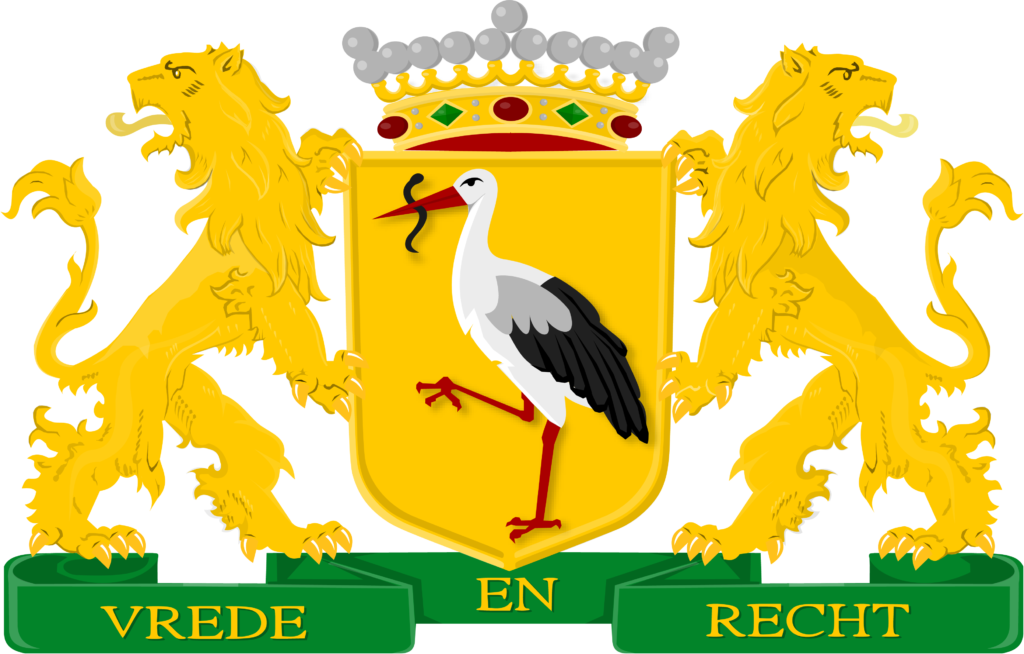
The bird in the Hague coat of arms is a stork, and was possibly chosen because storks were once believed to bring good luck. Engravings from the sixteenth century show that provisions were made for stork nests in the Ridderzaal and the Prison Gate, among other places. Counting accounts of maintenance of such facilities have been preserved from even older times. Another motive for including the stork in the coat of arms of The Hague can be traced back to the frequent use of storks on the fish markets in the center of the city, next to the Groenmarkt. The storks were trimmed and kept the fish markets clean. The two lions that serve as shield holders are also not yet present in the oldest images of the Hague coat of arms. The most recent change is the replacement of the ground with a spell or motto.
The Museon
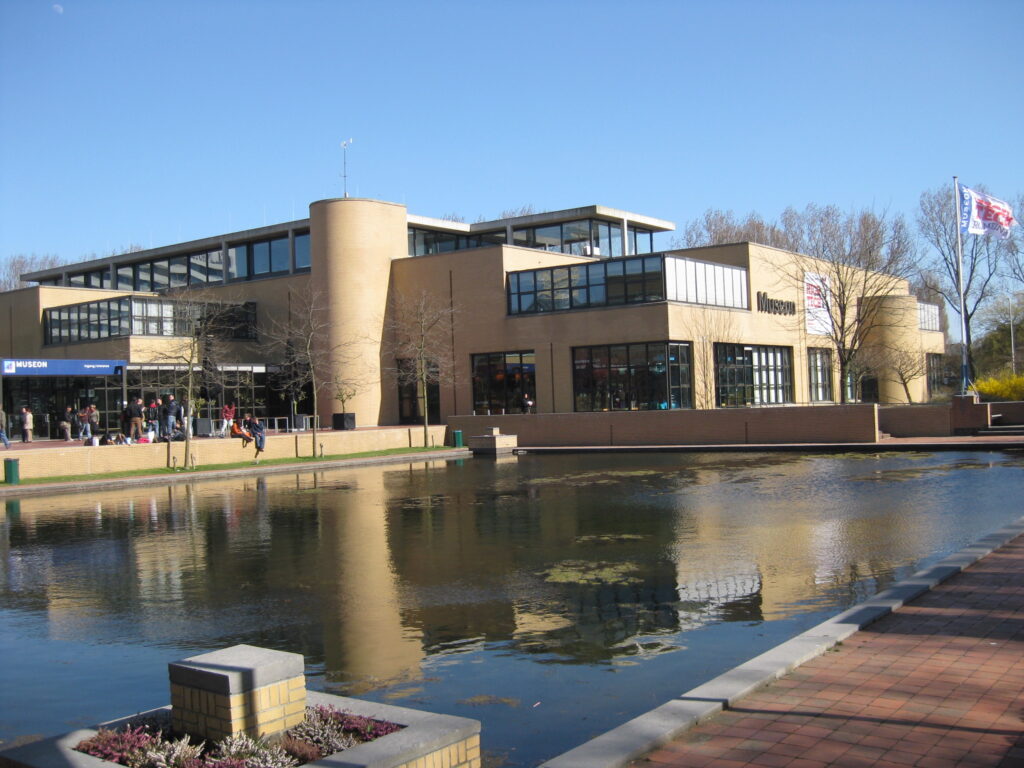
The Museon is a popular science museum in The Hague with collections in the fields of geology, biology, history, archaeology, physics, technology and ethnology. The Museon is located between the Kunstmuseum and the Omniversum, in the west of the Zorgvliet district. The museum was founded in 1904 as a Museum for the benefit of Education by Frits van Paasschen, a newspaper owner who was of the opinion that children were not sufficiently acquainted with industry at school and were therefore not inclined to choose a technical profession later on. The first director was geologist Herman van Cappelle, who had also assembled the bulk of the collection and focused on geology, biology and ethnology. The museum organized museum lessons from the start. Around 1910, it became the first organization in the Netherlands to show educational films, an activity that led to the establishment of the first school cinema in the Netherlands in 1915.






